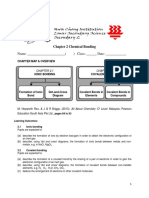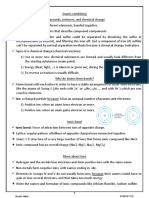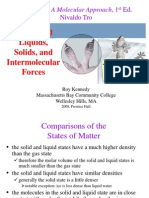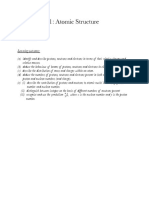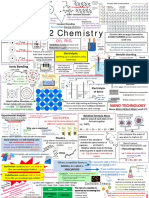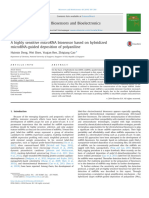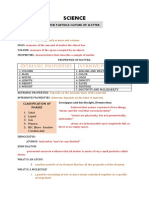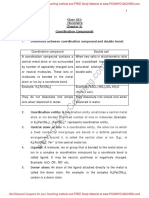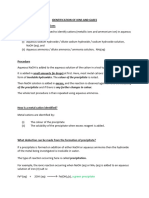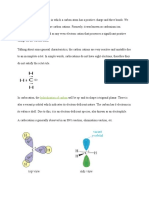0% found this document useful (0 votes)
28 views8 pagesYear7ScienceHomeLearning Cycle5
Uploaded by
hahmad.ch7Copyright
© © All Rights Reserved
We take content rights seriously. If you suspect this is your content, claim it here.
Available Formats
Download as PDF, TXT or read online on Scribd
0% found this document useful (0 votes)
28 views8 pagesYear7ScienceHomeLearning Cycle5
Uploaded by
hahmad.ch7Copyright
© © All Rights Reserved
We take content rights seriously. If you suspect this is your content, claim it here.
Available Formats
Download as PDF, TXT or read online on Scribd
/ 8







































